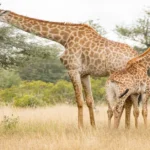In our world, some animals are in danger. They’re called endangered animals, which means they’re at risk of disappearing forever.
Why does this matter? Because each animal, big or small, has a job in keeping nature balanced. Imagine a puzzle missing its pieces; that’s what happens when animals vanish. This blog is about caring for these creatures.
We’re here to show you stunning images of endangered animals. Pictures speak louder than words, right? Well, these snapshots not only capture their beauty but also tell stories of struggle and survival.
We believe that seeing these amazing beings up close will make you care. So, let’s dive into their world and understand why it’s crucial to ensure their existence.
Why Focus on Endangered Animals?
Our planet is like a giant puzzle, and each animal is a vital piece. Think about it – lions, elephants, and even tiny insects all have a role. This balance is called biodiversity, and it’s super important.
But some animals are disappearing, like fading colors on a painting. This isn’t just sad; it’s a problem. When one piece is missing, the whole picture changes. So, let’s talk about why saving endangered animals matters.
Each species, from the tiniest frogs to the majestic tigers, plays a part in keeping our world in harmony. They’re like nature’s superheroes, and losing even one could upset the delicate balance of life.
Our job is to understand and appreciate these incredible creatures so that we can protect them and keep our planet thriving.
Pictures of Endangered Species
Due to the impact of human activities and climate change, numerous animals are on the brink of extinction. This collection features ten critically endangered species, shedding light on their plight.
Tiger
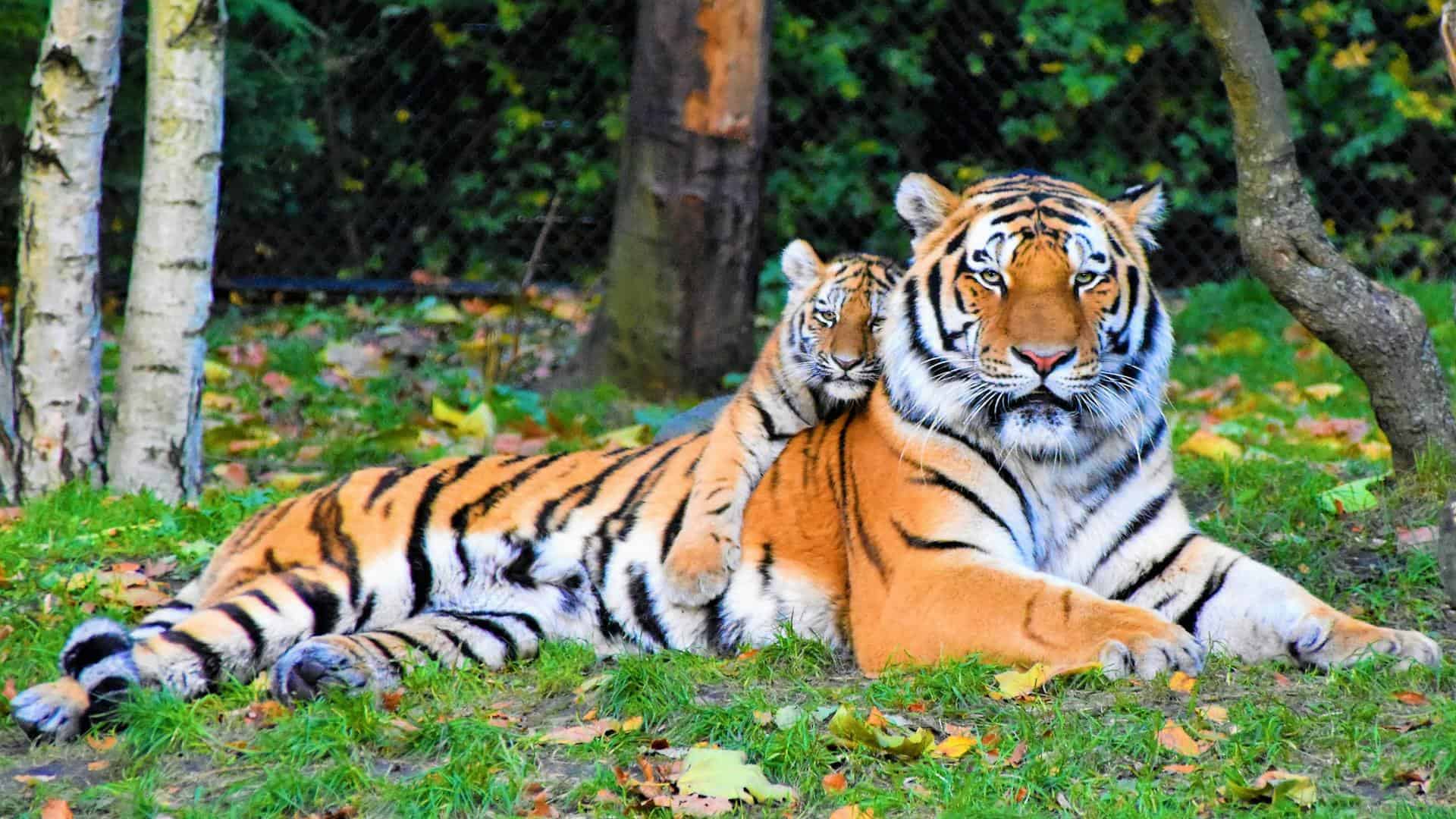
Tigers are majestic big cats, with striking orange coats and dark stripes that make them unique. These incredible creatures once roamed vast areas of Asia, but today, they face a serious threat.
As human populations expand, tiger habitats are shrinking. Add to that the danger of poaching – people hunting them for their fur and body parts. Tigers play a crucial role in maintaining a balance in their ecosystems.
They are top predators, helping control the populations of prey species. If tigers disappear, it could upset the whole food chain, affecting the plants and animals they feed on.
Snow Leopard
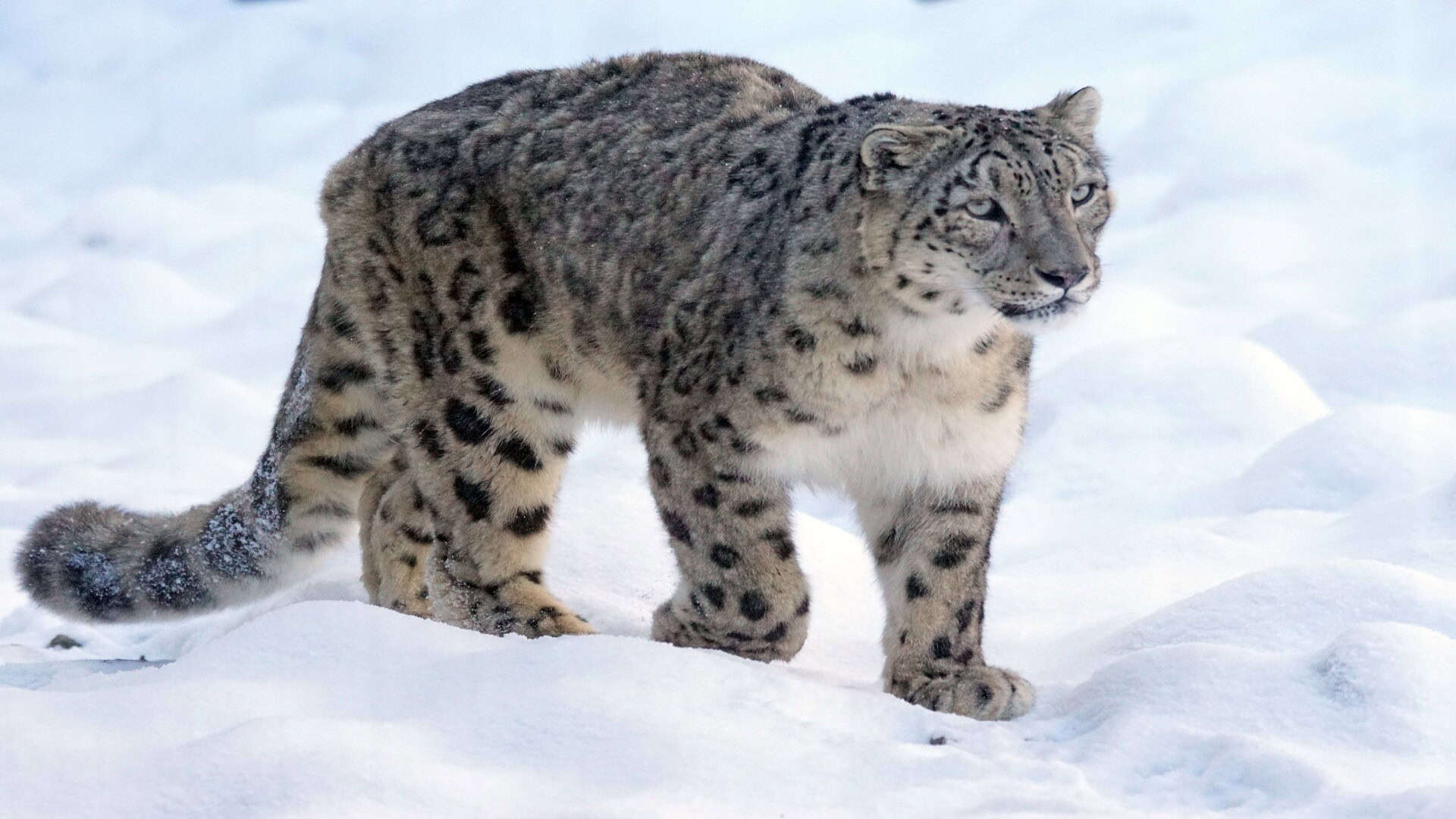
In the high mountains of Central Asia, the elusive snow leopard prowls. Its thick fur and spotted coat help it blend into the snowy landscapes it calls home. But this beautiful cat is under threat.
Its habitat is changing due to climate change, pushing these creatures to higher altitudes where food is scarce. Snow leopards are essential for their ecosystems, keeping a check on herbivores like blue sheep.
As they face dangers like poaching and a shrinking habitat, the survival of these mystical cats is at risk. Understanding and protecting these endangered species is crucial for preserving the diversity and balance of our planet.
Indian Rhinoceros

The Indian rhinoceros, also known as the one-horned rhino, is a colossal herbivore native to the Indian subcontinent. With thick, armor-like skin and a single horn, they are impressive beings.
These giants primarily inhabit the grasslands and swamps near rivers, using their tough mouths to graze on vegetation. Unfortunately, their numbers have sharply declined due to habitat loss caused by agriculture and human settlement.
Additionally, poaching for their horns, believed to have medicinal properties, poses a grave threat.
Conservation efforts are crucial to safeguard these incredible creatures and the ecosystems they inhabit.
Also Read: Importance of Forests in Preserving Biodiversity
Lion-Tailed Macaque

The lion-tailed macaque, with its distinctive mane-like tuft and expressive face, is an endangered primate residing in the Western Ghats of India. These arboreal monkeys call lush rainforests their home, playing a vital role in maintaining forest health by dispersing seeds.
Despite their significance, their populations are dwindling due to habitat fragmentation and loss caused by deforestation. As human activities encroach on their habitats, these macaques face challenges in finding food and mates.
Conservation initiatives are imperative to protect these unique primates and ensure the ecological balance of their native forests.
Nilgiri Tahr

Meet the Nilgiri tahr, a robust herbivore native to the lush slopes of the Western Ghats in India. With striking curved horns and a thick fur coat, these sure-footed creatures navigate steep cliffs with ease.
Their primary abode is the montane grasslands, where they play a crucial role in maintaining the landscape by grazing on a variety of plants. Sadly, the Nilgiri tahr faces endangerment due to habitat destruction caused by human activities like agriculture and logging.
As their homes shrink, so do their chances of survival. Conservation efforts are essential to protect these unique animals and the delicate ecosystems they inhabit.
Orangutan
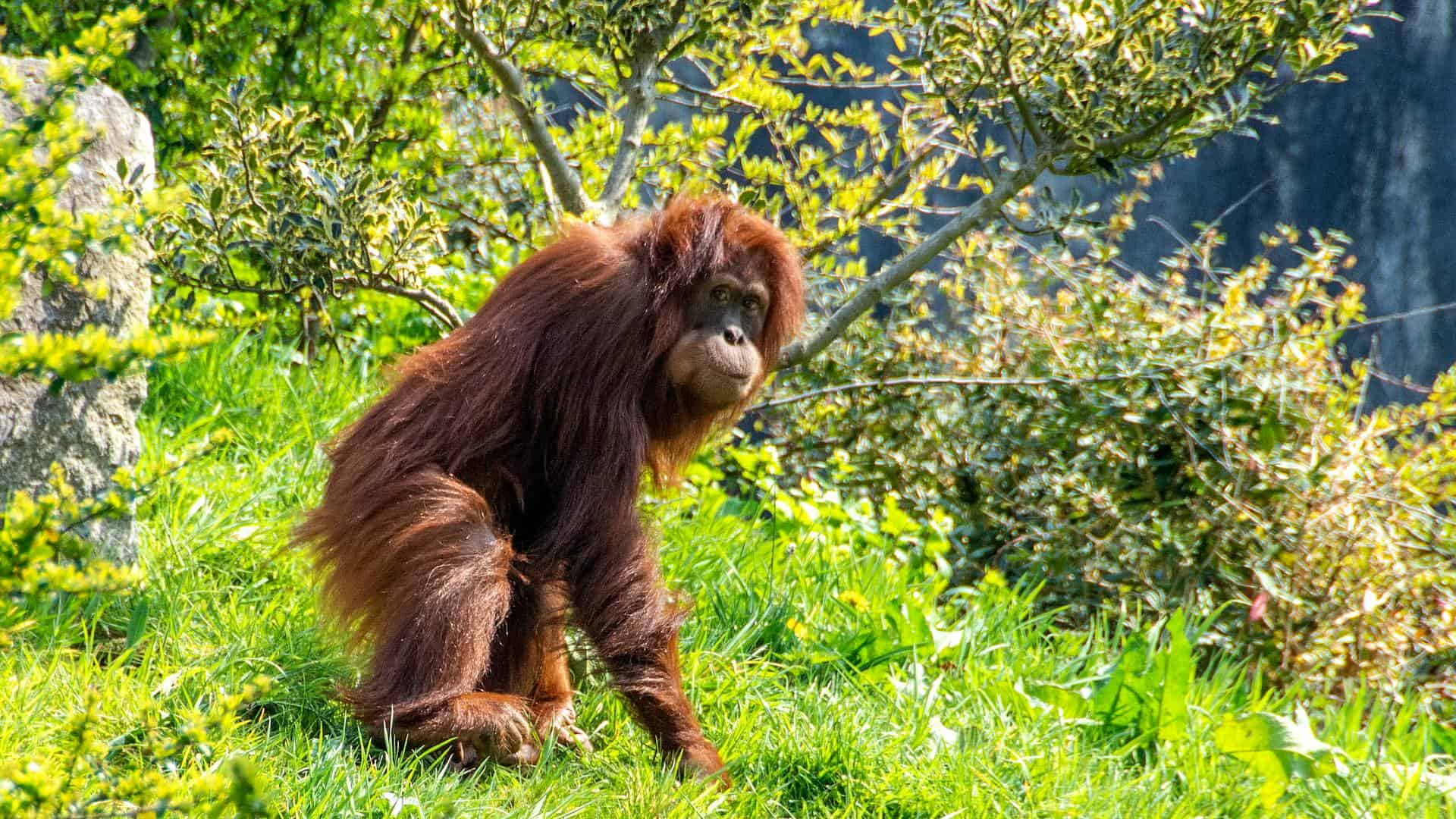
In the dense rainforests of Borneo and Sumatra, the orangutan swings through the trees, displaying impressive intelligence and a distinctive orange coat.
These great apes are vital to their habitats as seed dispersers, contributing to the growth of diverse plant life. However, their homes are rapidly disappearing due to deforestation, driven by logging and palm oil plantations.
Orangutans are also threatened by illegal hunting and the pet trade. With their populations declining, urgent conservation measures are necessary to secure the future of these incredible primates and the biodiversity of Southeast Asian rainforests.
African Forest Elephant

Enter the world of the African Forest Elephant, a gentle giant dwelling in the lush rainforests of Central and West Africa. These elephants, with smaller tusks and rounded ears, contribute to the rich biodiversity of their habitat.
Their colossal presence aids in shaping the forest ecosystem by creating clearings and spreading seeds. Sadly, these magnificent beings are on the brink of extinction due to illegal ivory poaching and habitat loss caused by logging and agriculture.
As their numbers dwindle, so does the balance of the forest they call home. Urgent conservation efforts are needed to safeguard these majestic creatures and the intricate web of life they support.
Lemur
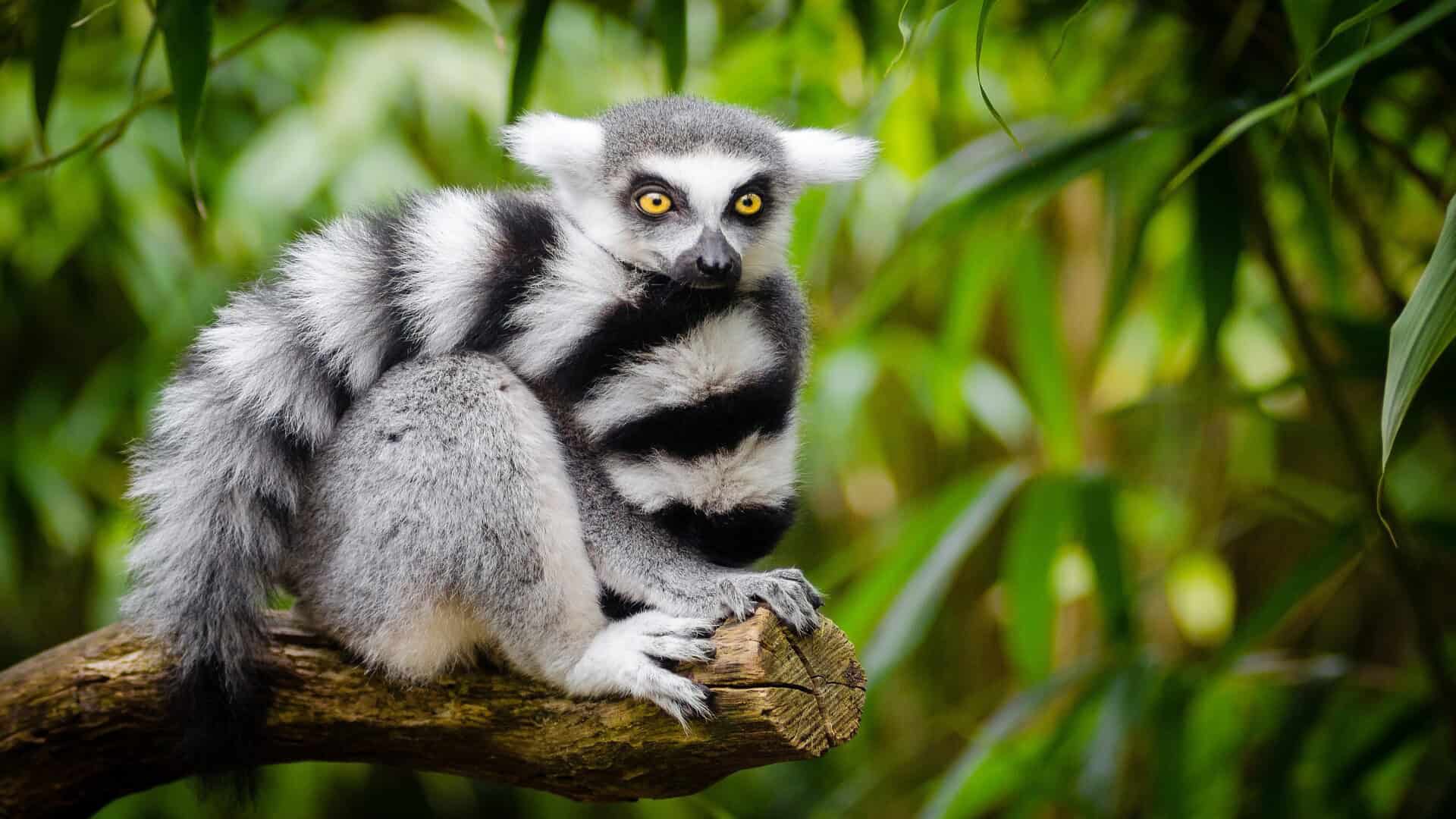
Step into the vibrant world of lemurs, the enchanting primates found exclusively on the island of Madagascar. With large, expressive eyes and bushy tails, lemurs are essential for the island’s diverse ecosystems.
They play a vital role in seed dispersal and pollination, contributing to the growth of unique plant species. However, lemurs face a grave threat – deforestation driven by human activities.
As their habitats shrink, lemurs struggle to find food and suitable living spaces. Additionally, illegal hunting further jeopardizes their survival. Preserving these captivating creatures is not just about them; it’s about preserving the magic and diversity of Madagascar’s ecosystems.
Red Panda

The endangered Red Panda, a charming and distinctive species, faces a perilous battle for survival. Nestled in the eastern Himalayas, its dwindling population is threatened by habitat loss and fragmentation, coupled with poaching and climate change.
These tree-dwelling mammals, known for their striking rust-colored fur and masked faces, play a crucial role in maintaining ecological balance.
As their numbers decline, urgent action is needed to preserve the Red Panda’s habitat, raise awareness, and enforce protective measures.
Conservation efforts, involving local communities and international support, are paramount to ensuring the continued existence of this enchanting and endangered creature.
Asiatic Lion

Roaming the Gir Forest in India, the Asiatic lion is a symbol of strength and resilience. These magnificent big cats once thrived across Asia, but today, their existence is confined to a single population in India. With their distinctive folded skin on the belly and a majestic mane,
Asiatic lions play a vital role in their habitat by regulating prey populations. Yet, their numbers have sharply declined due to habitat loss, human-wildlife conflict, and a limited gene pool.
As the last representatives of wild Asiatic lions, urgent conservation measures are essential to secure their future and maintain the delicate balance of the ecosystems they inhabit.
The Impact of Human Activities on Endangered Animals
Human actions are steering some of Earth’s most incredible creatures towards the edge of existence. Picture this: vast forests transformed into concrete jungles, leaving animals like the orangutan struggling for a home.
Habitat loss, the primary villain, occurs when forests vanish due to logging, agriculture, and urban expansion. Another threat comes from poaching – a grim practice that snatches away lives for profit.
Majestic animals like the rhinoceros and elephants face the risk of extinction due to the insatiable demand for their horns and tusks. Climate change adds to the crisis, altering environments faster than animals can adapt.
These challenges are no fiction; they’re the harsh realities pushing species to the brink.
Now, let’s look at the numbers, stark and unsettling. In just the last few decades, we’ve witnessed a shocking decline in wildlife populations. Some reports indicate that we’ve lost nearly 60% of the world’s vertebrate animals since the 1970s.
Picture that – more than half of the Earth’s diverse creatures gone in less than a lifetime. The numbers don’t lie, and they paint a distressing picture of the impact of human activities on our planet’s biodiversity.
We stand at a crossroads where our choices will determine whether we continue down this dangerous path or take action to preserve the incredible variety of life that makes Earth so unique.
Conservation Efforts for Endangered Animals
Conservation warriors worldwide are fighting to safeguard our planet’s endangered species. In India, several projects are started for conservation of wildlife. One such initiative is the “Project Tiger” this initiative has been a beacon of hope for Bengal tigers.
This project, launched in 1973, focuses on creating protected areas for tigers to thrive, combating poaching, and promoting coexistence between these magnificent cats and local communities.
Internationally, the “Rhino Protection Program” in South Africa stands strong against rhino poaching. By employing armed guards, utilizing advanced monitoring technologies, and engaging local communities.
This program aims to secure a future for the rhinoceros, combating the relentless threat they face.
Getting Involved in Conservation
You, too, can play a role in protecting our planet’s incredible biodiversity. Support reputable conservation organizations like the World Wildlife Fund (WWF) or local initiatives in your region.
Contribute to these efforts through donations or volunteer your time to conservation projects. Be a conscious consumer by choosing sustainable products and supporting businesses that prioritize environmental responsibility.
Educate others about the importance of biodiversity and the threats faced by endangered species. Every small action adds up, and together, we can make a meaningful impact on the preservation of our planet’s diverse ecosystems and the incredible creatures that call them home.
Conclusion
In this exploration of the world of endangered animals, we’ve glimpsed into the lives of majestic creatures, each a masterpiece in the intricate canvas of our planet’s biodiversity.
Images of endangered animals have taken us beyond words, allowing us to witness the beauty and vulnerability of species on the brink. It’s not just about them; it’s about us – the guardians of this shared home.
By appreciating and protecting these remarkable beings, we secure not only their future but also the balance of nature that sustains us all. As stewards of this fragile ecosystem, let’s transform awareness into action.
Share these images of endangered animals far and wide, for in their vulnerability lies the call for collective responsibility. Together, we hold the power to ensure that future generations inherit a world where these captivating creatures thrive.




